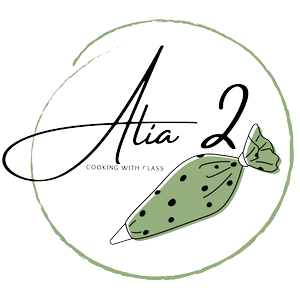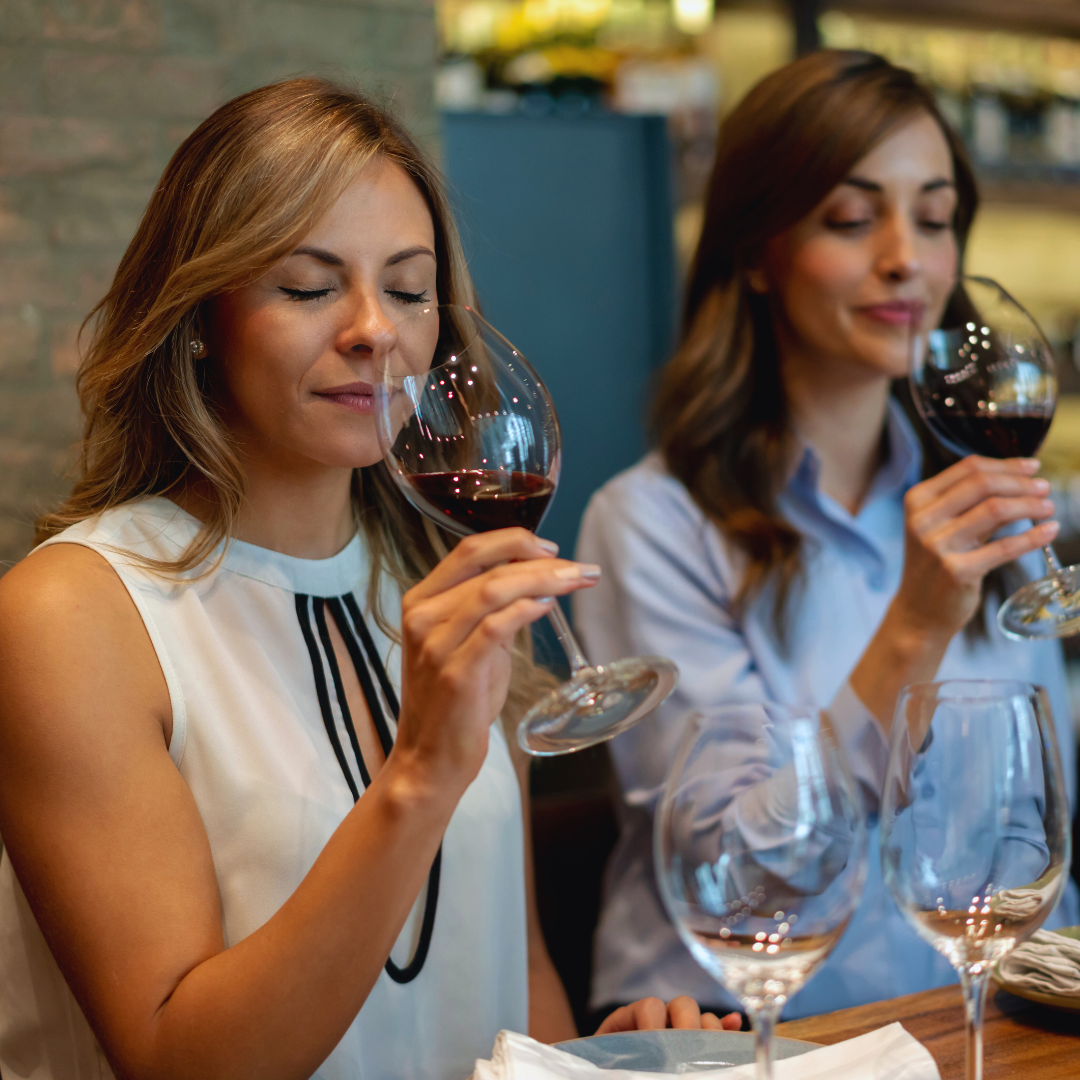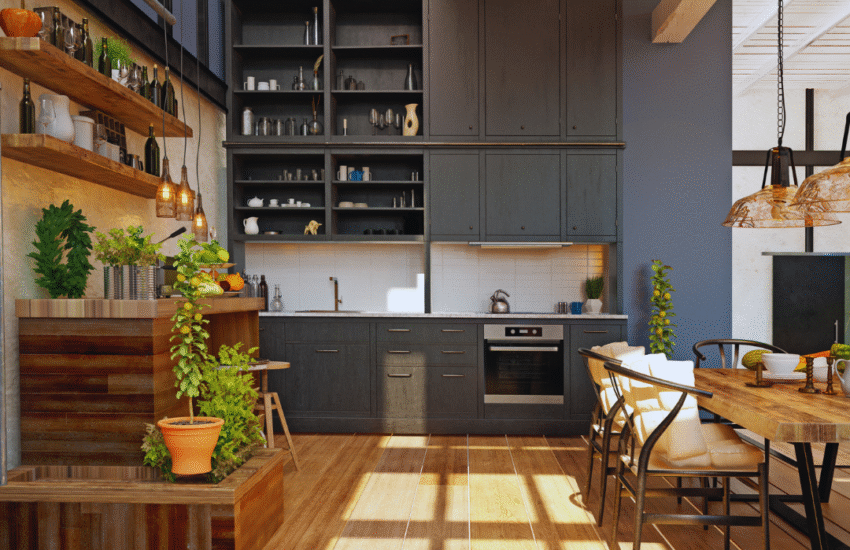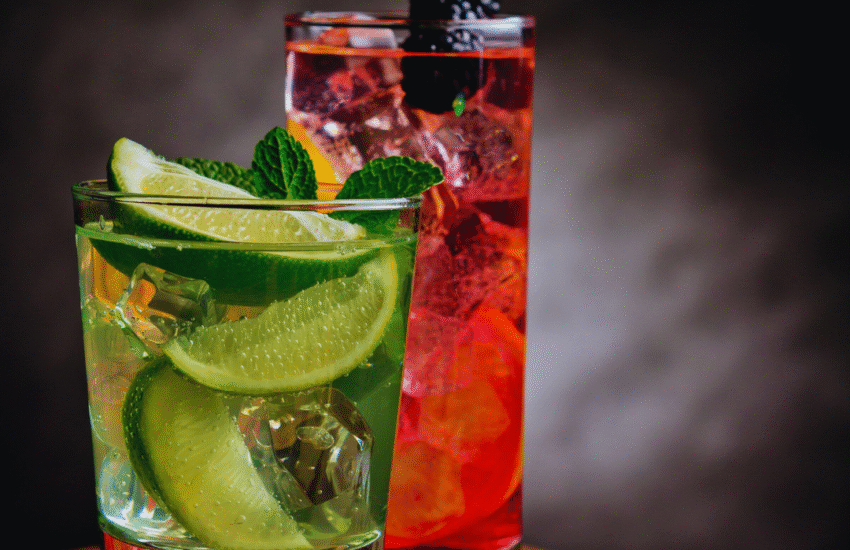Wine Tasting Tips: Enhance Your Palate and Experience
Wine tasting can be an enjoyable and enlightening experience. Many people are hesitant to dive into it due to uncertainty about how to approach the process. Understanding essential wine-tasting tips can enhance the appreciation and enjoyment of different varieties.
The sensory journey of tasting wine involves observing colour, inhaling aromas, and savouring the flavours on the palate. Knowing how to correctly assess these elements can elevate a casual sip into a thoughtful exploration. By employing simple techniques and gaining insight into the characteristics of wines, individuals can not only refine their palate but also impress their friends at social gatherings.
Familiarity with common terms, recognising different varietals, and understanding the importance of temperature can significantly improve one’s wine tasting skills. With the right approach, anyone can transform their experience, making it both educational and pleasurable.
Fundamentals of Wine Tasting
A proper wine tasting involves a systematic approach to appreciating the multiple facets of wine. This includes a focus on the process of tasting, recognising different aromas, assessing flavours, and developing sensory skills for a more enriching experience.
How to Taste Wine
To begin tasting wine, it is essential to use the correct technique. First, observe the wine’s colour; this can reveal a lot about its age and varietal. Next, swirl the wine gently in the glass to aerate it and release its aromas.
After that, take a moment to smell the wine. Inhales deeply; different scents will emerge. Heavier wines may have competing aromas, while lighter ones often present more delicate notes. Finally, take a sip and let it linger on the palate. Assess the texture, acidity, sweetness, and finish. Each of these elements contributes to understanding the wine better.
Recognising Wine Aromas
Wine aromas play a critical role in tasting. They can be categorised into three main groups: primary, secondary, and tertiary. Primary aromas derive from the grape variety and include fruit, floral, and herbal scents. Secondary aromas develop during fermentation and maturation, often showcasing yeast or oak.
Tertiary aromas emerge from ageing, adding complexity with notes like caramel, nuts, or leather. To develop skills in recognising wine aromas, practice identifying common scents outside of wine. Engaging with herbs, fruits, and spices can enhance one’s ability to discern nuances when tasting wine.
Assessing Wine Taste
Assessing wine taste involves evaluating several characteristics. Sweetness is assessed first. The perceived sweetness is often influenced by the wine’s alcohol content and acidity. Next, the level of acidity can provide a refreshing quality, balancing sweetness.
Tannin’s presence is another crucial aspect. Tannins add structure and can affect mouthfeel. Astringency is a key indicator of the tannin level. Finally, consider the finish of the wine. A long, pleasant finish often indicates a good wine, while a short or bitter finish may reflect lower quality.
Developing Sensory Practice
To enhance wine tasting abilities, developing sensory practice is essential. This involves training the palate and nose through consistent exposure to various wines. Taking detailed tasting notes can aid memory and deepen understanding.
Engaging with tasting groups or attending workshops can provide constructive feedback. It also allows for shared experiences between tasters, which can reveal different perspectives on the same wine. Regular practice not only refines the palate but also builds confidence in identifying specific tasting notes that align with personal preference.
Choosing and Preparing Wine for Tasting
Selecting the right wine from reputable online wine merchants or well-known brands and preparing it properly enhances the tasting experience. Attention to grape varieties, serving temperatures, and the use of appropriate glassware is essential for an enjoyable session.
Selecting Grape Varieties
Choosing grape varieties is fundamental to the wine-tasting process. Common options include Chardonnay, Riesling, Cabernet Sauvignon, Merlot, Pinot Noir, and Sauvignon Blanc. Each grape variety has unique characteristics that influence flavour, aroma, and body.
For a well-rounded tasting, include a mix of red and white wines. For example, pairing a Chablis (a Chardonnay) with a rich Cabernet Sauvignon provides contrasting experiences. This variety not only highlights individual characteristics but also stimulates discussion about preferences and differences.
Serving Temperature and Glassware
Serving temperature significantly impacts the perception of wine. White wines are typically best served chilled, around 8-12 C, while red wines are better at a slightly warmer 14-18 C. Proper temperature ensures that the flavours are unlocked, enhancing the tasting experience.
Glassware also plays a crucial role. Use tulip-shaped or standard wine glasses, ensuring they are clean and clear. For red wines, a larger bowl allows aromatics to open up, while white wines benefit from narrower glasses. This choice can affect not only the taste but also the enjoyment of the visual aspects of the wine.
Opening and Pouring the Wine Bottle
Opening a wine bottle should be done carefully to avoid spilling or breaking the cork. For corked bottles, it’s advisable to use a corkscrew that fits well and removes the cork neatly. For bottles sealed with a screw cap, a simple twist is all that is required.
When pouring, fill the glass to about one-third full to allow room for aeration. This pouring method helps to optimise the aroma and enhances the tasting experience. After pouring, the glass should be gently swirled to release the wine’s bouquet, providing a fuller appreciation of its scents and flavours.
Elevating the Wine Tasting Experience
Enhancing the wine-tasting experience involves creating the right environment, understanding the unique characteristics of wines, and seeking professional guidance. The following sections will focus on practical tips that can transform any tasting event into a more immersive and insightful experience.
Minimising Distractions
To appreciate wine fully, it is crucial to minimise distractions during the tasting. This means choosing a quiet venue, which can significantly improve focus on the wine’s aromas and flavours.
Dim lighting can also enhance visual aspects, allowing for better observation of colour and clarity. It’s advisable to limit background noise and conversation, as too much chatter can detract from the subtleties of each sip.
Designate a specific time for the tasting to prevent interruptions. Turn off mobile devices or place them in silent mode to help maintain an immersive atmosphere.
Understanding Terroir and Wine Regions
Terroir refers to the unique environmental conditions of a vineyard that influence the grape’s growth. This includes soil type, climate, and topography. Each wine region, from Bordeaux to Burgundy, imparts distinctive traits to the wines produced.
By studying the terroir, one can appreciate flavour notes like minerality or fruitiness that arise from particular regions. For instance, wines from cooler climates may exhibit higher acidity, while those from warmer areas might be more fruit-forward.
This regional knowledge enriches the tasting experience by framing wines in their historical and geographical contexts. One can better explore varietals such as Sherry, which has specific characteristics linked to the Jerez region of Spain.
Harnessing the Expertise of a Sommelier
Engaging a sommelier can significantly elevate a wine-tasting experience. A trained professional offers insights into wine selections and can explain intricate details about vintages and varietals.
They can suggest food pairings that complement the wines being tasted, enhancing appreciation of the flavours involved. Asking questions allows tasters to explore personal preferences and expand their knowledge.
A sommelier may even present rare finds or recommend sampling wines from different wineries, enriching the experience with relatable narratives or anecdotes. Their expertise bridges the gap between novice and seasoned wine enthusiasts, making tastings more engaging and informative.



